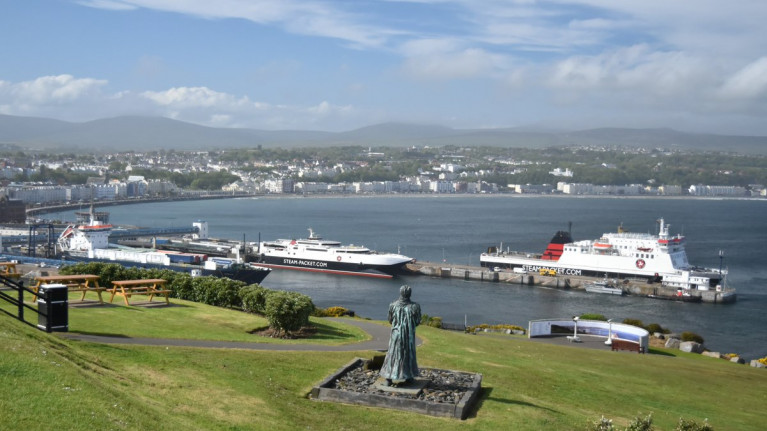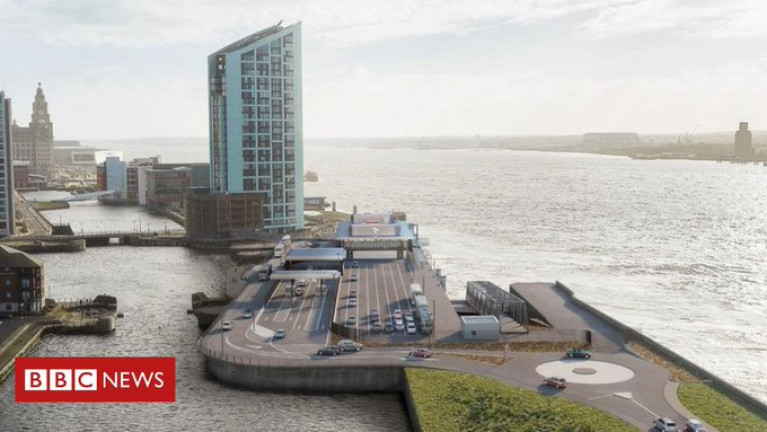Displaying items by tag: Further Delays
Isle of Man's Main Ferry's Return Hit by Further Delays
Facing fresh delays in its return to service, is the main Manx ferry, according to the Isle of Man Steam Packet Company.
As BBC News writes, the ro-pax Ben-my-Chree has been undergoing repairs in a dry-dock since mid-April and had been due to resume crossings on Thursday (today) as Afloat previously reported.
But it has now emerged problems identified during the vessel's annual overhaul (at Cammell Laird shipyard, see other story) will take longer than thought to put right.
The ferry is now expected to be back in action by the end of May.
Fastcraft Manannan and MV Arrow will continue to operate passenger and freight journeys respectively.
For more in depth details directly from the Manx operator click this link
New Ferry Terminal Hub in Liverpool Faces Further Delays
A new ferry terminal along with a promenade both multi-million pound projects funded by the Isle of Man government are facing further delays, reports BBC News.
The terminal in Liverpool, which was originally scheduled to be completed in December, is now set to be finished in January 2022.
The development had been held up due to the impact of Covid-19 on the UK construction industry, Infrastructure Minister Tim Baker said.
The Douglas Promenade revamp is also set to be delayed a further two months.
That project, which was due to be completed by 31 March next year, has faced several hold-ups due to the "complexity" of work underneath the carriageway and would now not be completed until "more towards June", Mr Baker said.
The reopening of Broadway, a major junction onto the promenade that had been due to reopen in September, would now take place on Thursday, he said.
The cost of the refurbishment is still set to remain within the £26m currently allocated for the scheme, he added.
More details on the delays by clicking here.





























































